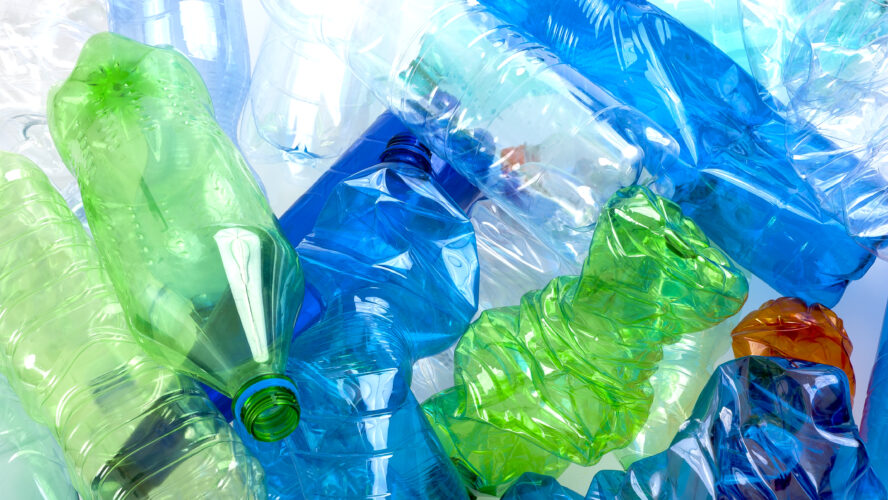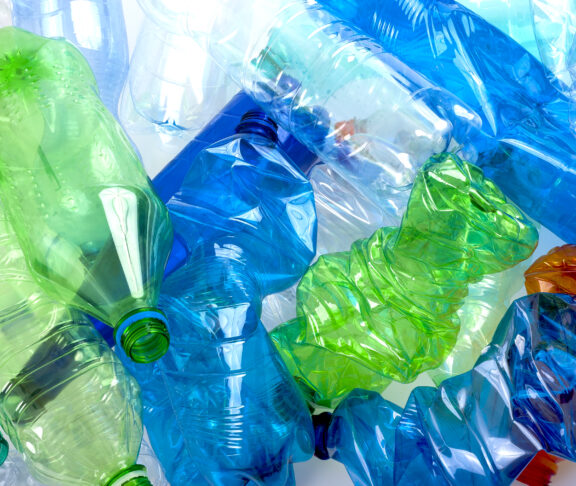
Guy West
CEO, Alberta Beverage Container Recycling Corporation
With the right knowledge, new and long-time Albertans alike can keep beverage containers in the loop, ensuring they’re properly recycled.
Recycling beverage containers in Alberta is not just about reducing waste — it’s a powerful economic engine that keeps valuable materials in circulation while putting money back in the hands of residents.
Despite having the highest recovery rate in Canada, Alberta still faces gaps that result in millions of containers ending up in landfills, leaving potential refunds unclaimed by consumers, according to the Alberta Beverage Container Recycling Corporation (ABCRC).
Of note, the ABCRC acknowledges that many newcomers to the province — both interprovincial migrants and immigrants — may be unfamiliar with Alberta’s beverage container recycling system and, as a result, might be missing opportunities to recycle non-traditional materials.
“Alberta has built a strong culture of recycling over the years, especially with beverage container recycling. Yet for those new to the province, this system might not be second nature,” says ABCRC president and CEO Guy West. “The opportunity lies in education — helping more people understand how easy it is to return their containers to a depot and why even the less obvious ones, such as milk cartons and juice pouches, make a difference.”
Addressing often missed container types
ABCRC, which celebrates its 30th anniversary this year, stewards one of the largest deposit return systems in North America. Alberta currently collects over two billion containers annually, with a nearly 85 per cent recovery rate. Yet recovery rates for non-traditional containers — such as cartons, bi-metal cans, juice boxes, drink pouches, and plastic bottles less than one litre — are considerably lower.
Of the 14.8 million drink pouches that Albertans purchased in 2023, for example, only 8.5 million were recovered — a recovery rate of just 57 per cent. Other containers such as small plastic bottles under one litre like water or juice, poly-coat cartons like protein shakes, and bi-metal cans like tomato juice or coconut water have lower recovery rates.
“Cans and bottles are easily recognizable as returnable, but other beverage containers are just as valuable,” says West, who adds that based on their overall recovery rate data, unclaimed deposits on refundable beverage containers are currently worth $40 million annually. “This is money that Albertans have paid at the point of purchase and can get back by bringing their containers to a bottle depot.”
Supporting a circular economy
In Alberta, a deposit is payable at the point of purchase for every regulated non-refillable beverage container, whether it’s an aluminum can, plastic or glass bottle, or juice box. Albertans can bring these containers to one of nearly 220 independently owned depots to have that deposit refunded back to them.
“It’s a simple way for Albertans to put money back in their pockets and keep millions of beverage containers out of landfills every year while also having a significant impact on Alberta’s economy,” says West. “The more we can educate people — whether they’ve been recycling here for years or are still getting used to the system — the better we can ensure every container stays out of the landfill and in the circular economy.”
Visit abcrc.com to learn more about how to return your containers.



